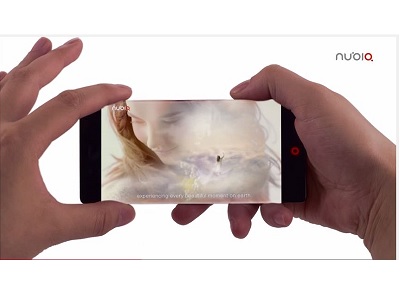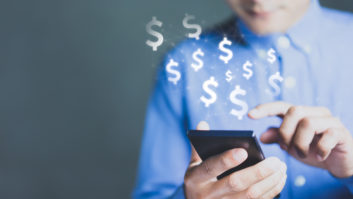
NEW YORK – Despite many challenges, some retailers and handset suppliers have increased their focus on the unlocked phone market.
Target, for example, began selling unlocked mobile phones on Target.com about two years ago and launched in-store sales nationwide in May. Best Buy sells unlocked phones online and in select stores, as do Microsoft’s online and offline stores. Sears.com, Amazon, Newegg, eBay, Walmart.com and other online retailers also sell unlocked models.
Seeing unlocked demand growing, Blu Products was founded in 2009 to sell unlocked phones and in 2011 stepped up its U.S. marketing efforts. Vendor Yezz also formed to sell unlocked phones.
For its part, ZTE began selling unlocked Nubia-family phones through online stores in the U.S. in late 2013, although its Nubia subsidiary has taken over that role in the U.S. Motorola started in late 2013 to sell unlocked phones direct to consumers and to retailers. For its part, BlackBerry started selling unlocked phones direct to consumers and to retailers in September 2013.
A year ago, Hauwei started selling unlocked phones to consumers via its web store, following up later that year with sales through online retailers. This year, Huawei expanded its unlocked selection to three models.
Huawei Device USA president Zhiqiang Xu said the opportunity for unlocked-phone sales began to increase about two years ago when U.S. carriers began shifting away from subsidizing phones sold with two-year contracts. The shift gives consumers the ability to compare prices of unlocked unsubsidized phones with unsubsidized carrier-locked phones, opening up opportunities for unlocked phones with “great value,” he said. Consumers also get the opportunity to choose from a wider variety of phones for GSM networks.
Added Huawei channel sales manager Zachary Haney, “Consumers have become aware of the cost of handsets as carriers back out of subsidies.”
The unlocked market in the U.S. is “growing but new,” said Huawei open-market executive VP Haitao Cui. Many consumers still don’t understand the concept, he pointed out.
As part of its effort to boost unlocked-phone sales, Huawei unveiled a two-year warranty program for unlocked phones and launched three-, six- and 12-month payment plans for phones sold on the company’s website to be more competitive with carriers’ installment-payment plans.
Target also sees opportunity. “We see the unlocked mobile-phone market growing,” a Target spokesperson told TWICE. The retailer offers a couple unlocked mobile phones in-store nationwide and more than 100 models through Target.com, the spokesperson said. “The Target guest looking to purchase an unlocked mobile phone is device- and deal-driven and looking for a contract-free option. “Unlocked phones are also great for international travel.”
For his part, Gartner analyst William Lutman believes the market has been growing slowly but forecast “increasing traction as carriers cut subsidies.” With carrier subsidies going away, “there are many compelling phones from handset vendors such as Blu at very competitive prices compared to Apple and Samsung,” he said. Consumers can also purchase features unavailable at carriers today, including dual-SIM phones. And choices expand greatly in the unlocked market compared to carriers’ locked phones, he continued.
Frost and Sullivan analyst Todd Day also forecasts unlocked growth. “The U.S. market has thrived on the subsidized-device model, allowing customers to get a new phone rather than unlocking and keeping their old phone when switching between carriers,” he said. Nonetheless, he said, “the rapidly growing prepaid and MVNO market has offered new opportunities for unlocked devices. The U.S. market “has shown indications of significant growth in this area,” he concluded.












